According to the American Academy of Pediatrics (AAP), drowning is the number one cause of death in children ages 1 to 4 years and one of the top causes of death for teenagers. As we enter the summer months, it is important that we understand how to keep children safe around pools and open bodies of water. Morag MacKay, Chief Research and Network Officer at Safe Kids Worldwide and Committee Chair for the U.S. National Water Safety Action Plan, provides six tips for drowning prevention.
- Learn to swim.
One of the key layers of protection from drowning is learning how to swim. “The evidence clearly supports swimming lessons for kids over the age of four, and Mom and Dad, if you don’t swim, look at one of those classes where you can learn at the same time as your kids,” says Morag. The AAP does support swimming lessons for children older than 1 year, however, a parent’s decision about when to initiate swimming lessons must be individualized based on a variety of factors, such as frequency of exposure to water, health concerns, emotional maturity and physical limitations, while considering that toddlers aged 12 to 36 months are at highest risk of drowning.
- Assign a water watcher.
Having constant and active supervision of children around water is essential. What makes an effective water watcher? According to Morag, “When selecting a water watcher, ensure the individual can swim and has some basic rescue skills as well.” If your child cannot swim or is a weak swimmer, stay in arms reach of them at all times.
- Install isolation fencing around your pool.
“If you have a pool or if you’re going on vacation and there’s a pool, you need to ensure that that pool is enclosed by fencing to reduce unsupervised access,” says Morag. “We recommend four-sided fencing with a closing, self-latching gate because there is evidence that it will reduce risk.” Additionally, the AAP states that fences should be at least four feet high to prevent climbing. If the pool is not fenced, parents of weak and non-swimmers should ensure closer supervision and consider having kids wear a US Coast Guard approved life jacket.
- Swim where it is safe.
If you are going to take your kids for a swim, go to a pool with a lifeguard if you can. If it’s an open water area, go to the designated swimming area. Additionally, parents should understand that lifeguards are not there to watch your child, they are there to survey the area and rescue in the event that someone gets in trouble, so having a water watcher is still important!
- Set boundaries with your kids.
Morag suggests that if your kids are older, have a conversation with them to set boundaries and expectations regarding pool use. They should check with parents first and always swim with a buddy.
- Communicate with other parents.
If your child is going to be swimming at another person’s house, ask questions so that you know that the situation your child is going into is safe. These can include: Do they use a water watcher? Do they know child CPR? Is the pool enclosed to prevent unsupervised access?
What is the National Water Safety Plan?
After attending the World Drowning Conference in 2017, Morag and other members of Water Safety USA realized that while many countries had or were developing national strategies to prevent drowning, the United States was not. “If this is the leading cause of death for kids between the ages of one and four,” she said, “the fact that this doesn’t get more attention really, really surprises me.” With drowning prevention being one of her passions, Morag raised the question of why there wasn’t a national strategy with her colleagues, and the plan to develop a U.S National Water Safety Action Plan was set in motion. The Plan will serve as a guide for promoting water safety in one’s community. “We hope the documents that are put out will provide an opportunity for people in the community that want to see their community be safer come together and decide what’s needed to reduce the risk of drowning,” explains Morag.
 https://riseandshine.childrensnational.org/wp-content/uploads/2025/09/parent-hugging-child-feature.jpg
300
400
Danielle Robbins
https://riseandshine.childrensnational.org/wp-content/uploads/2017/11/childrens_riseandshine_logo.jpg
Danielle Robbins2025-09-22 11:04:052025-09-22 11:04:05Reunited and it feels so good: Getting your family back together after disasters and emergencies
https://riseandshine.childrensnational.org/wp-content/uploads/2025/09/parent-hugging-child-feature.jpg
300
400
Danielle Robbins
https://riseandshine.childrensnational.org/wp-content/uploads/2017/11/childrens_riseandshine_logo.jpg
Danielle Robbins2025-09-22 11:04:052025-09-22 11:04:05Reunited and it feels so good: Getting your family back together after disasters and emergencies


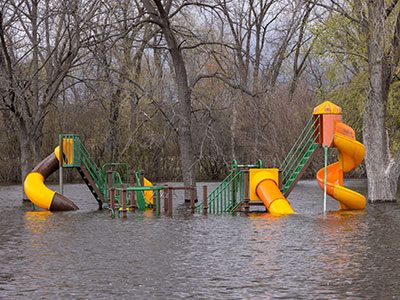


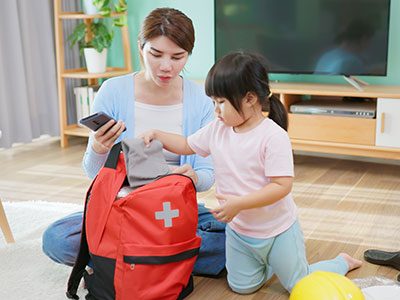


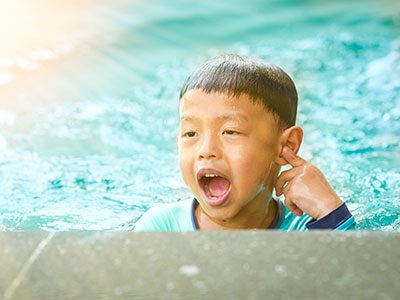



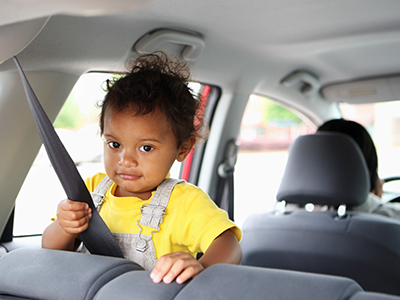
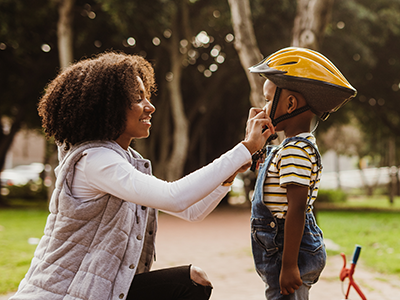

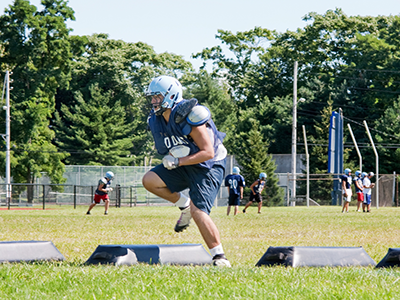



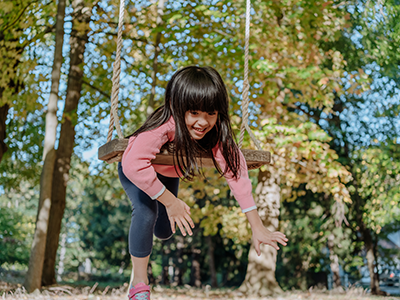
Leave a Comment
Want to join the discussion?Feel free to contribute!